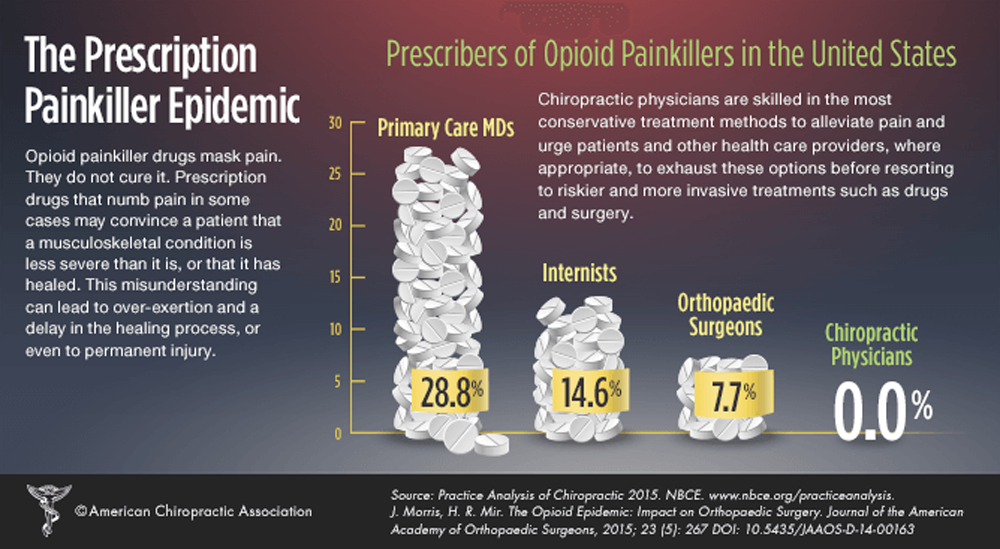Attitudes Towards Chiropractic: A Repeated Cross-sectional Survey of Canadian Family Physicians
Attitudes Towards Chiropractic: A Repeated Cross-sectional Survey of Canadian Family Physicians
SOURCE: BMC Family Practice 2021 (Sep 15); 22 (1): 188
Jason W. Busse, DC, PhD; Sushmitha Pallapothu, BSc; Brian Vinh, BSc; Vivienne Lee, BSc; et. al.
Department of Health Research Methods,
Evidence, and Impact,
McMaster University,
Hamilton, ON, Canada.
Background: Many primary care patients receive both medical and chiropractic care; however, interprofessional relations between physicians and chiropractors are often suboptimal which may adversely affect care of shared patients. We surveyed Canadian family physicians in 2010 to explore their attitudes towards chiropractic and re-administered the same survey a decade later to explore for changes in attitudes.
Methods: A 50-item survey administered to a random sample of Canadian family physicians in 2010, and again in 2019, that inquired about demographic variables, knowledge and use of chiropractic. Imbedded in our survey was a 20-item chiropractic attitude questionnaire (CAQ); scores could range from 0 to 80 with higher scores indicating more positive attitudes toward chiropractic. We constructed a multivariable regression model to explore factors associated with CAQ scores.
Results: Among eligible physicians, 251 of 685 in 2010 (37% response rate) and 162 of 2429 in 2019 (7% response rate) provided a completed survey. Approximately half of respondents (48%) endorsed a positive impression of chiropractic, 27% were uncertain, and 25% held negative views. Most respondents (72%) referred at least some patients for chiropractic care, mainly due to patient request or lack of response to medical care. Most physicians believed that chiropractors provide effective therapy for some musculoskeletal complaints (84%) and disagreed that chiropractic care was beneficial for non-musculoskeletal conditions (77%). The majority agreed that chiropractic care was a useful supplement to conventional care (65%) but most respondents (59%) also indicated that practice diversity among chiropractors presented a barrier to interprofessional collaboration. In our adjusted regression model, attitudes towards chiropractic showed trivial improvement from 2010 to 2019 (0.31 points on the 80-point CAQ; 95%CI 0.001 to 0.62). More negative attitudes were associated with older age (- 1.55 points for each 10-year increment from age 28; 95%CI – 2.67 to – 0.44), belief that adverse events are common with chiropractic care (- 1.41 points; 95% CI – 2.59 to – 0.23) and reported use of the research literature (- 6.04 points; 95% CI – 8.47 to – 3.61) or medical school (- 5.03 points; 95% CI – 7.89 to – 2.18) as sources of knowledge on chiropractic. More positive attitudes were associated with endorsing a relationship with a specific chiropractor (5.24 points; 95% CI 2.85 to 7.64), family and friends (4.06 points; 95% CI 1.53 to 6.60), or personal treatment experience (4.63 points; 95% CI 2.14 to 7.11) as sources of information regarding chiropractic.
There is more like this @ our:
COST-EFFECTIVENESS Section and the:


